Fairy Tales: Picture Books, Chapter Books, and Writing Ideas
This post may contain affiliate links.
Yesterday I explained why we must read fairy tales to our children, responding to the thinking that fairy tales are too scary, too politically incorrect, too stereotypical.
Today we’ll look at the best fairy tales for children of all ages — from picture books to chapter books. Plus, ideas for writing fairy tales.
“In a utilitarian age, of all other times, it is a matter of grave importance that fairy tales should be respected.”
― Charles Dickens
Favorite Fairy Tales 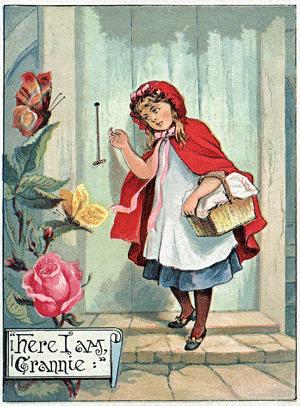
Babushka Baba Yaga by Patricia Polacco
Beauty and the Beast retold by Jan Brett
Cinderella retold by K.Y. Craft
Cinderella a Pop Up Fairy Tale
Classic Fairy Tales by Scott Gustafson
Fairly Fairy Tales by Esme Raji Cordell
Goldilocks and the Three Bears: A Tale Moderne by Steven Guarnaccia
Hans Christian Andersen’s Fairytales
Hansel and Gretel retold by Rachel Isadora
Jack and the Beanstalk retold by Steven Kellogg
Lon Po Po: A Red Riding Hood Story from China by Ed Young
Mirror Mirror by Marilyn Singer
Mufaro’s Beautiful Daughters by John Steptoe
Puss in Boots retold by Charles Perrault
Princess and the Pea by Lauren Child
Rapunzel by Sarah Gibb
Red Riding Hood James Marshall
Rumplestiltskin by Paul O. Zelinsky
Sister Bear by Jane Yolen (Norse)
The Emperor’s New Clothes by Marcus Sedgwick
The Little Red Hen retold by Harriet Ziefert
The Princess and the Pig by Jonathan Emmett
The Secret Lives of Princesses by Philippe Lechermeir
The Story of Little Red Riding Hood illustrated by Christopher Bing
*My review here.
The True Story of the Three Little Pigs by Jon Scieszka
The Ugly Duckling illustrated by Jerry Pinkney
Three Bears by Byron Barton
Usborne Illustrated Fairy Tales
Fairy Tale (Inspired) Chapter Books
A Tale of Dark and Grimm by Adam Gidwitz
*My review here.
Beauty by Robin McKinley
Breadcrumbs by Anne Ursu
Grimm’s Fairy Tales Calla Edition
Ella Enchanted by Gail Carson Levine
Peter and Max: A Fables Novel by Bill Willingham
Princess of the Wild Swans by Diane Zahler
Rapunzel’s Revenge by Dean Hale, Shannon Hale & Nathan Hale
*graphic novel; my review here.
Reckless by Cornelia Funke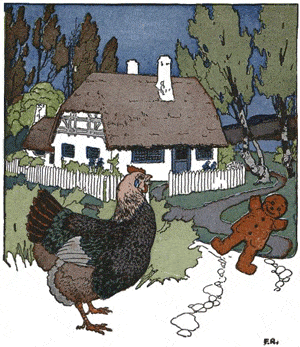
*My review here.
Storybound by Marissa Burt
The Fairy Godmother (Five Hundred Kingdoms series) by Mercedes Lackey
The Fairy Tale Detectives: The Sisters Grimm Book 1 by Michael Buckley
The Mostly True Story of Jack by Kelly Barnhill
*My review here.
The Ugly Princess and the Wise Fool by Margaret Gray
Wizard of Oz by L. Frank Baum
* I am not an Amazon affiliate. The links are for your convenience.
Write Your Own Fairy Tale
Beginning, Middle, and End
Practice beginning, middle, and end with fairy tales. Use a familiar story and change the ending. (Read my funny story of what happened when I taught this with Pancake Breakfast in a kindergarten.)
Fairy Tale Pop-Up Book
Retell a fairy tale. Illustrate with pop-ups. Click here for pop-up directions.
Play Writing
Pick a fairy tale. Rewrite the fairy tale as a play. Act it out or perform as a puppet show.
Point of View
Retell a fairy tale from the perspective of the villain.
Symbolism
Three is a common number in fairy tales (3 bears, 3 pigs) -write your own story using three main characters.
Fractured Fairytale
Combine several fairy tale story pieces into a new story. Directions here. List of fractured fairy tales here.
Use Story Cards to inspire a fairy tale of your own.
We have several fantastic sets of story cards that always inspire us!
- StoryWorld Quests and Adventures by John & Caitlin Matthews
- Tell Me a Story – Mystery in the Forest by eBoo
- Story Play Cards from Think-a-Lot Toys
Why Should We Read Fairy Tales?
8 Reasons Why We Should Read Fairy Tales With Our Kids — my post from yesterday
J.K. Rowlings about fairy tales:
“I really feel that we’re not giving children enough credit for distinguishing what’s right and what’s wrong. I, for one, devoured fairy tales as a little girl. I certainly didn’t believe that kissing frogs would lead me to a prince, or that eating a mysterious apple would poison me, or that with the magical “Bibbity-Bobbity-Boo” I would get a beautiful dress and a pumpkin carriage. I also don’t believe that looking in a mirror and saying “Candyman, Candyman, Candyman” will make some awful serial killer come after me. I believe that many children recognize Harry Potter for what it is, fantasy literature. I’m sure there will always be some that take it too far, but that’s the case with everything. I believe it’s much better to engage in dialog with children to explain the difference between fantasy and reality. Then they are better equipped to deal with people who might have taken it too far.”
What are your favorite fairy tales? Comment here.

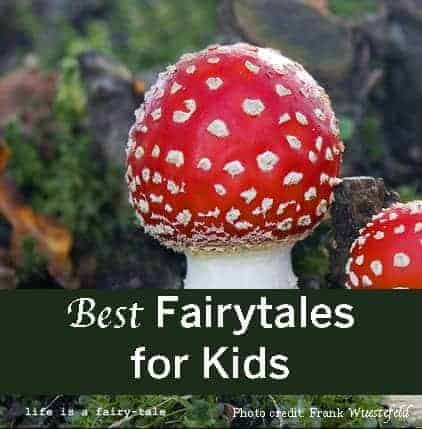
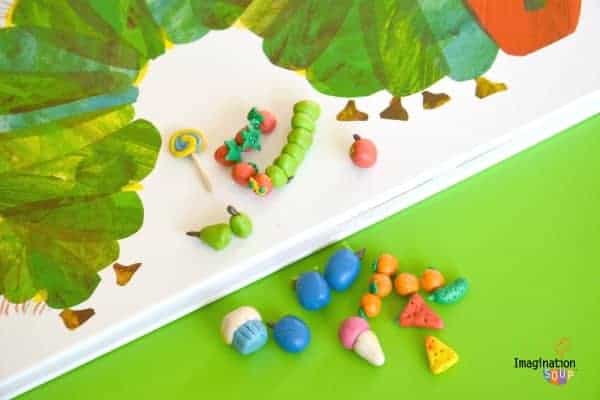
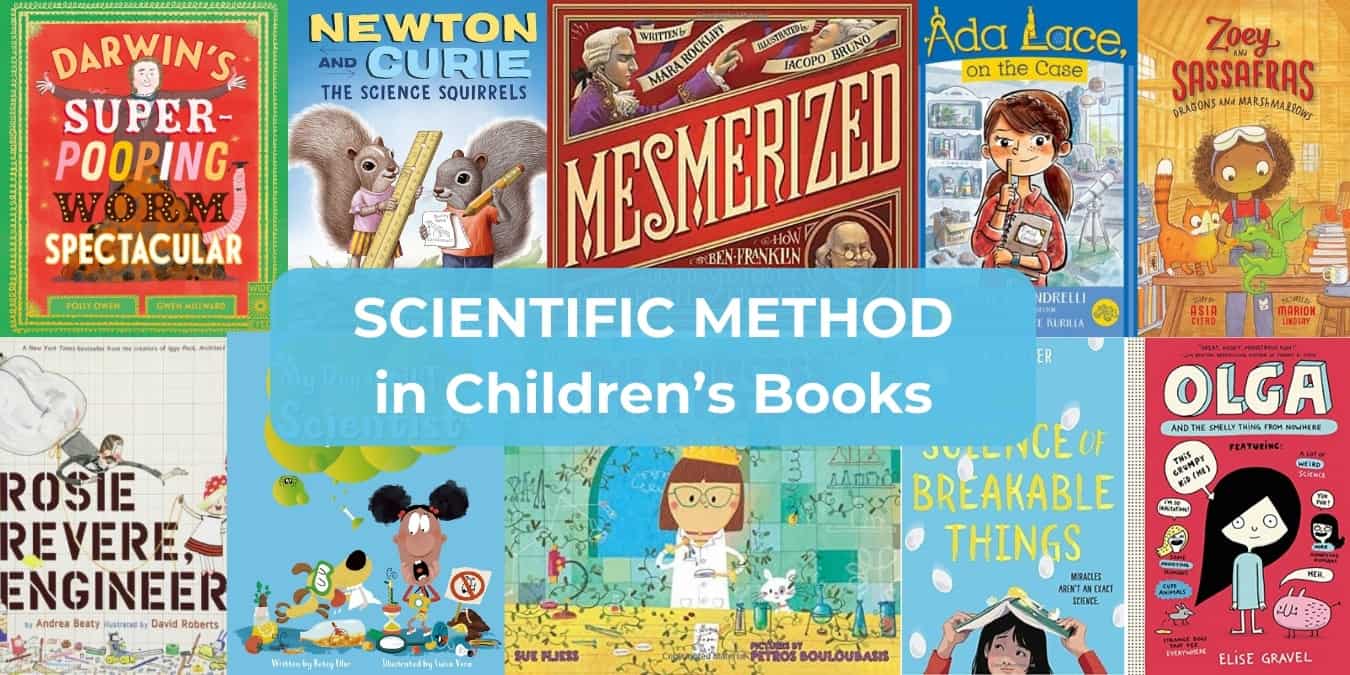
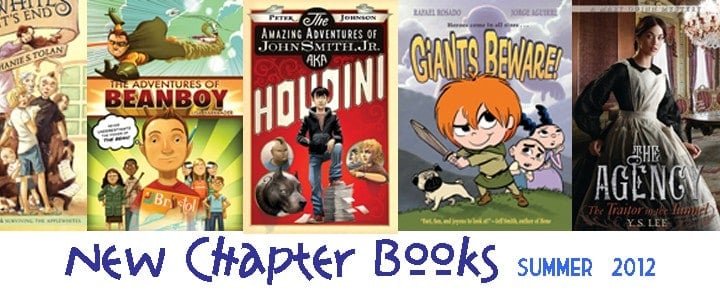
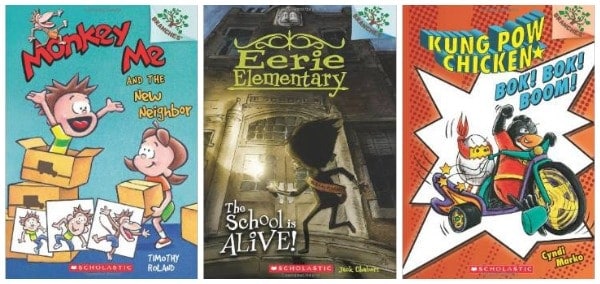
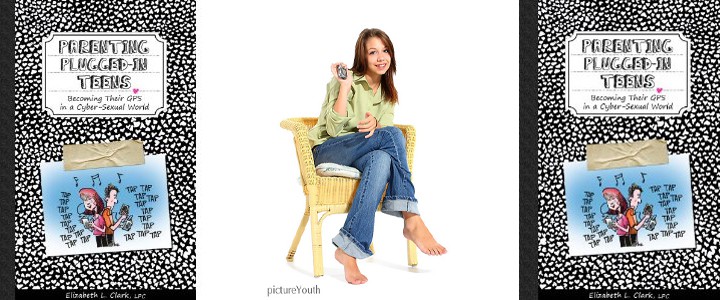

Great posts on the importance of fairy tales, Melissa!
I’ve been retelling and illustrating them for years, and they have been a passion since I was growing up. I feel that fairy tales and mythic stories are very important for older children as well as the 3-6-year old crowd. I really appreciate teachers who incorporate fairy tale units in their classrooms. Every child should know the basic tales, in addition to the “fractured” versions that are highly popular. (and terrific, of course) Studying motifs and then writing their own original fairy tales is a great writing exercise for students in the older elementary, 5th and 6th grades.
And this year is the 200th Anniversary of Grimms’ Fairy Tales – long live fairy tales!
Ruth Sanderson
Author/illustrator
Your website is as informative and engaging as it is beautiful…and it is very beautiful. I am a big believer in the value of fairytales to both the young and the young of heart. Updated versions are evidence of our historical progress. I still do laundry just as great grandmother did but I’m not going to bang my clothes across a washboard. Literature and music make the world go around and educators like yourself keep it spinning in the right direction. Three cheers for Imagination Soup!
thank you, Crystal! 🙂
One of my current favourites is a lovely modern tale, called “The Conquerors”, by David McKee. It’s a short picture book. Not sure if you would count it as a proper fairytale though, there are no fantasy characters in it and it doesn’t have the traditional shape of a fairytale. More of a fable perhaps? The message is basically non-violence.
Apart from that, I love compendia of fairytales. We used to have loads when I was little, as my mother was a children’s librarian. There was one called “A World of Fairytales”, compiled by James Riordan, with really beautiful illustrations. It included the story of Peer Gynt, I remember.
Barefoot Books do some really lovely ones too, with stunning pictures (I’m not affiliated, I just like their stuff! http://www.barefootbooks.com)
thanks for the recommendations —
Have you read Fairy Tales by Berlie Doherty and illustrated by Jane Ray? Beautiful re-telling and illustrations and my girls’ favourite for bedtime stories.
no – thanks for the suggestion!! 🙂